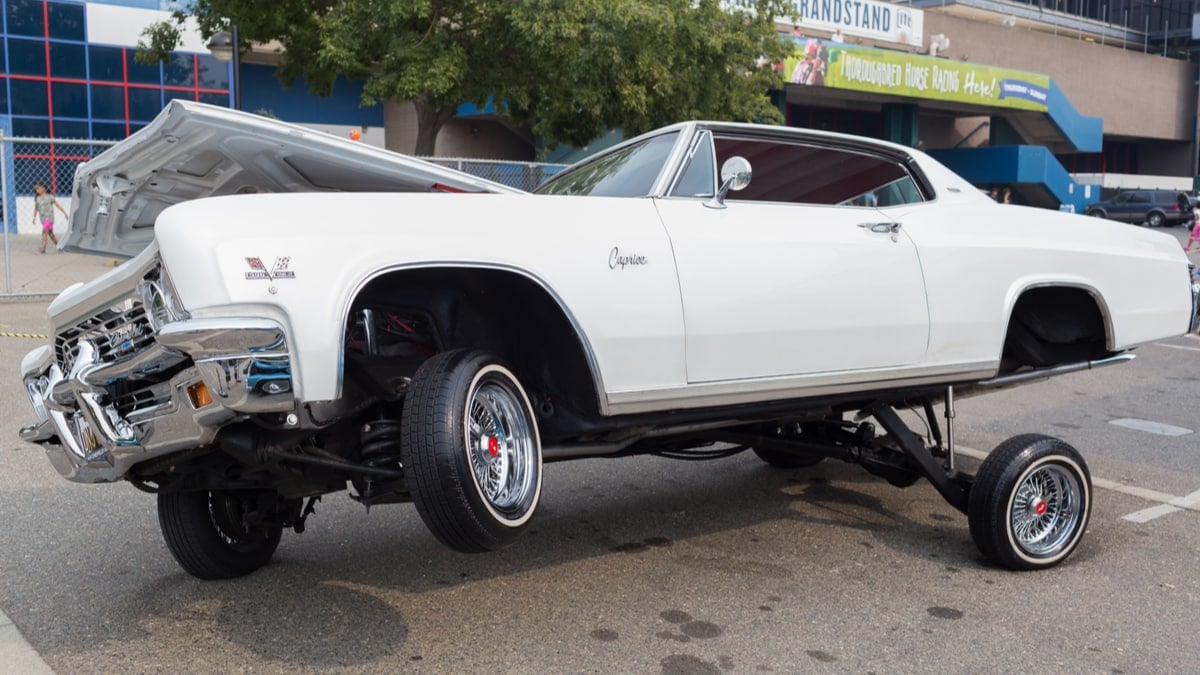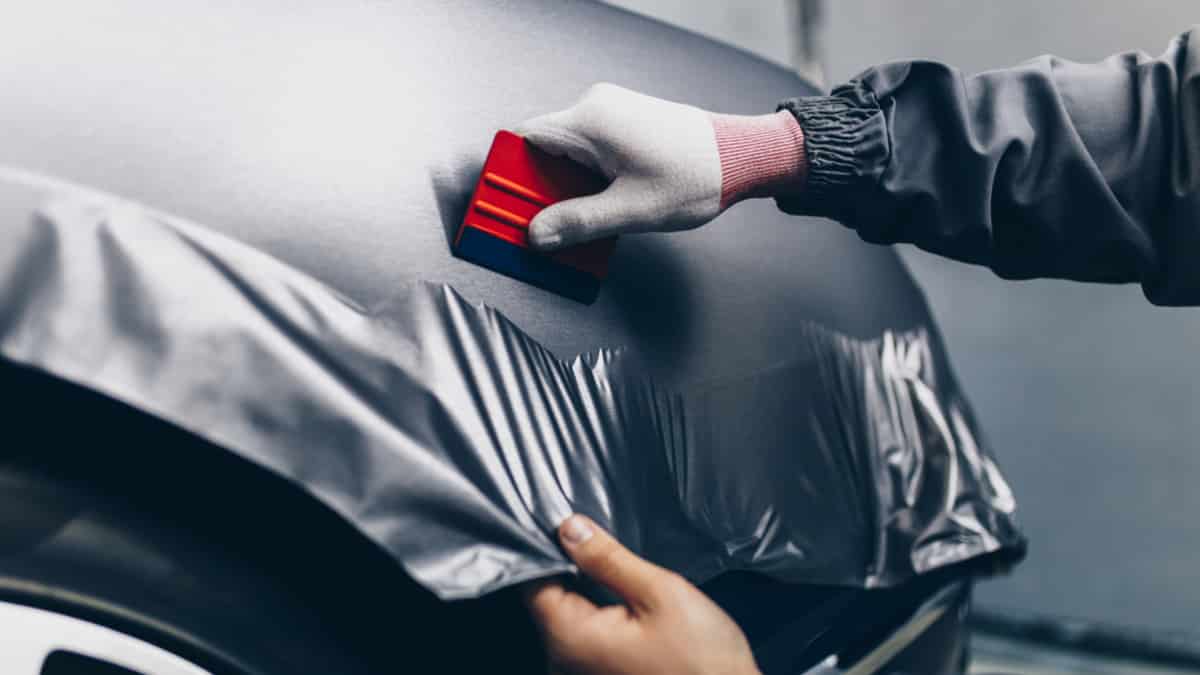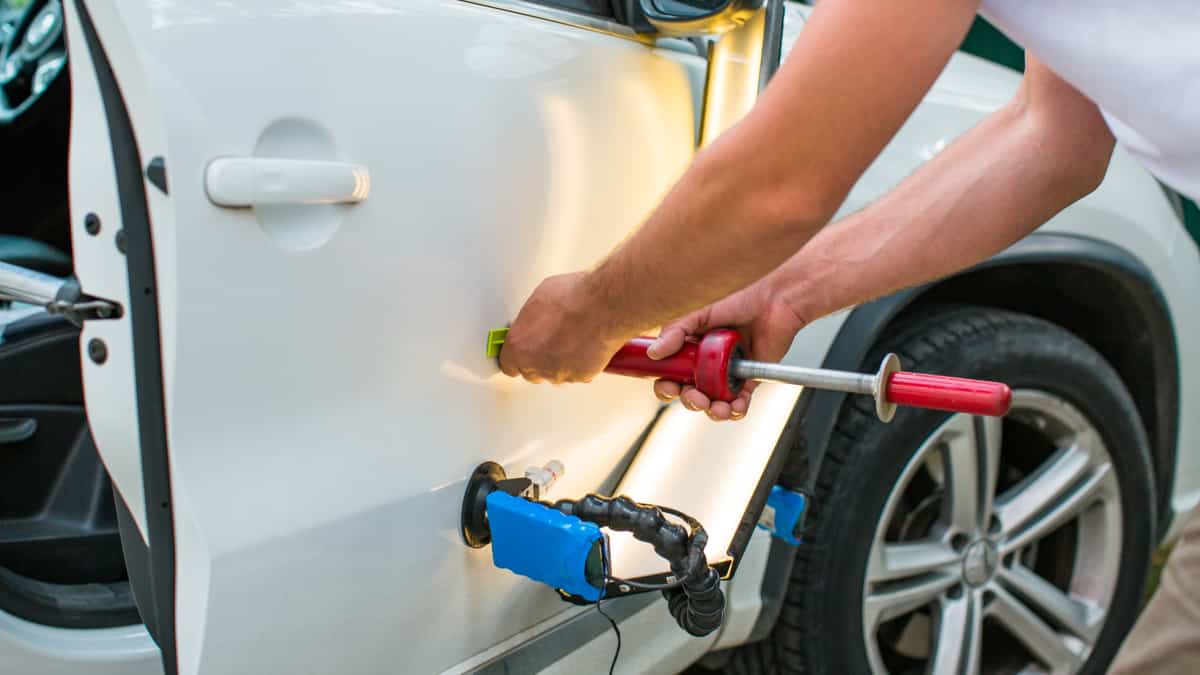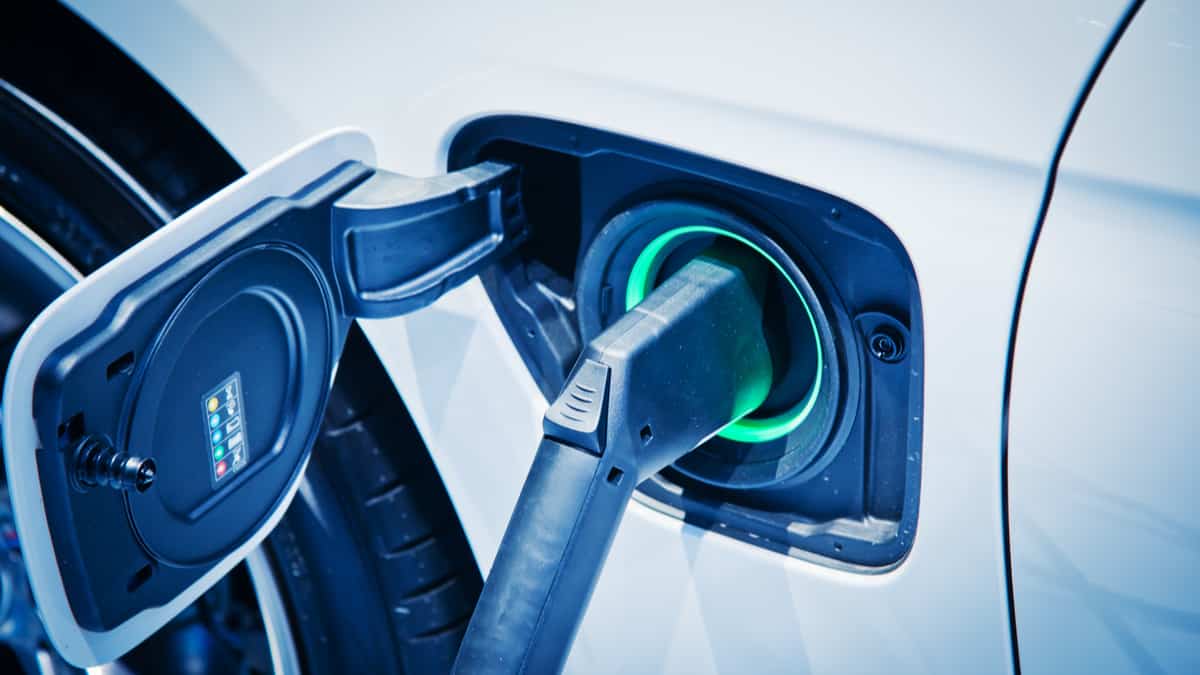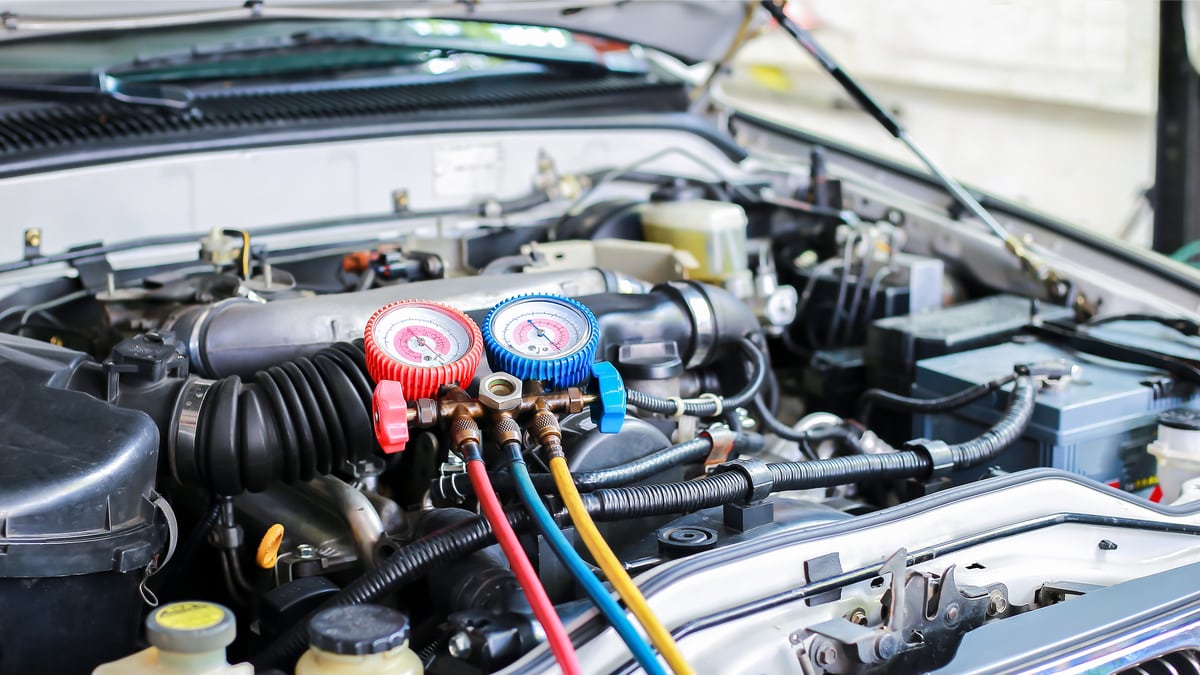If you are looking to lower your vehicle, you might wonder about the cost of putting hydraulics in a car. This isn’t a simple modification to perform, so it’s important that you consider the option carefully. In some states, the mods might not even be legal.
In this article, I cover the expense of hydraulics in a vehicle. I will also show you all the parts that will be used, and evaluate if they can harm the car.
How Much Does It Cost To Put Hydraulics in a Car?
A basic hydraulic system for the car might only cost you about $600. However, if you are looking for something high-tech, you could easily spend $1,000 or more. Plus, you need to think about the cost of the installation, which could be another $75 to $150 per hour.
Turning your car into a lowrider means that you can lower it or raise it quickly. With some hydraulic systems, you can also jump, hop and bounce the car. If you’ve ever seen dancing cars at shows, that’s a good picture of what lowriders can do.
To accomplish this look and function, you have to install a number of parts. The more components that are needed, the more money you are going to spend. For this reason, some people choose to install a basic kit to get started. While the cost is much lower with these kits, the functionality won’t be the same. You truly get what you pay for in this situation. It might be better to save up your money and get the kit and professional installation that your vehicle deserves.
Parts of the Car Hydraulic System
1. Rams
The ram replaces the automobile’s OEM spring and shock configuration. These rams must be mounted to fully customize the setup.
These rams are filled up with hydraulic fluid that allows the car to be raised or lowered. If the rams are emptied out, the car can ride lower to the ground.
2. Pumps
The hydraulic pumps are the key to the lowering system. With heavy-duty pumps installed, you get the power needed to raise or lower the vehicle.
Some systems use two pumps, while others have four. The more pumps the system has, the more you will pay for the kit. However, more pumps also mean that the response rate is much faster.
3. Springs
To use a hydraulic system on a vehicle, it doesn’t need to have any springs. You can lower your vehicle without the use of springs.
However, you might choose to add springs to the vehicle. While it’s an added expense, the springs further absorb some of the shocks to create a more enjoyable ride.
4. Fluid Lines
The hydraulic system contains several heavy-duty hoses that transmit the fluid. All of the hoses are attached with the help of metal connectors.
These connectors must be strong and durable, because there’s a lot of pressure flowing through the lines. If a leak occurs, high-pressure fluid will spray out heavily, causing quite a mess.
5. Electronic Components
You can’t use a standard hydraulic system and expect it to dance or bounce to the music. If you want this level of capability, you will need a sophisticated electrical system. You also need to think about how you will power this. Many hydraulic suspension systems run on multiple batteries, even up to ten or more at a time. Plus, these batteries must be connected with alternators and heavy-duty wires.
You can’t expect the average hydraulic suspension to run on your standard 12-volt system. There’s much more power that needs to be produced, so you will need something closer to 24 volts or higher.
The average hydraulic system won’t contain a lot of electronics, which is why the cost can be kept lower. Yet, you aren’t going to get the advanced effects with these basic systems as you would with one that’s running on a heavy amount of electronics.
So, as you are factoring in the cost, not only do you need to consider how many parts are required and the price for those, but you must also think about the amount of labor needed for all of these parts. If you can install them yourself, you could save a lot of money.
If you are looking for parts for a custom hydraulic system you can start looking at CoolCars to find the necessary parts needed.
Are Hydraulics Bad for Your Car?
In a little time, the hydraulic system can start to wear down the suspension of the vehicle. It can also cause damage to the undercarriage of the car. Newer technology and proper installation help to protect your vehicle from damage.
Additionally, you want to consider the handling of the vehicle after installing hydraulics. The ride can become rougher and harder to handle. If you aren’t prepared for this, the ride could become dangerous to you, so it’s something to consider.
Hydraulic Suspension Pros
1. Firmer Ride
Are you tired of the mushy, spongy ride that your car offers? With a hydraulic system, you can create a firmer feel that might be more comfortable for you.
With the upgraded suspension, you can alter the ride for more firmness. However, there are also options that relax the hydraulics slightly to offer the best of both worlds.
2. Speedy Reaction Time
When you compare a hydraulic system to your standard coil springs, you see a much faster reaction time. As you drive over a speed bump, the response from the vehicle will be more instantaneous.
The suspension’s hydraulic fluid adjusts to handle any shock that it feels. If you have an adjustable suspension, you can alter how fast it reacts.
3. Completely Customizable
There’s a hydraulic suspension for any desire. You can customize the configuration to fit your needs the best.
Have the shocks adjusted to a certain height where they will sit. Otherwise, you can get as complicated as you want, with special effects and a unique style that is sure to turn heads.
Hydraulic Suspension Cons
1. Expensive
You must be prepared to spend a good amount of money on the hydraulic system. Don’t be confused into thinking that the expense is only when you purchase it and install it.
You must also consider the expense of maintaining and repairing the system down the road. Plus, it’s difficult to find technicians that will work on these suspensions.
2. Leaks are Common
You could face bigger problems with the hydraulic system than the standard suspension. Because of all the pressure and lines installed, you might notice frequent leaks.
It’s not difficult to detect these leaks, especially because the fluid sprays out at high-pressure. However, the repairs can be expensive and can become overwhelming.
3. Bumpier Ride
The ride quality is part of the pros and cons. Yes, you receive a firmer ride with the hydraulic suspension, which is something some people want.
However, the ride can also become bumpier for the same reasons. If you install a high-quality set of shocks or springs, you might be able to alleviate some of the harshness, but this costs you more money.
Are Hydraulic Systems Legal?
Some states have strict laws against using hydraulic systems. You should do your own research before making any modifications to your vehicle, but here are a few states with unique laws.
Texas
The headlight height of your vehicle must range from 24 to 54 inches above the ground. Additionally, the taillights are required to be 15 to 72 inches from the ground. With this in mind, you should also know the required rear reflector height, which is between 15 and 60 inches from the ground.
Several of the other lighting systems are also regulated. You should look on the Texas website to ensure your vehicle remains compatible.
New York
New York State has regulations on how high your vehicle can be. You can’t exceed a height of 13’1”.
However, the restriction isn’t specified for the minimum frame range or height. You want to also check the weight limitations of your vehicle to ensure you aren’t breaking any laws.
Florida
Just like Texas, Florida has requirements on the height of the headlights. All headlights must be between 24 to 54 inches from the ground. What’s interesting is that there are no regulations about the taillight height.
Florida also imposes a maximum bumper height. However, the measurement depends on how much your vehicle weighs, so you have to reference the guide on the government’s website to see how it applies to your vehicle. There are some exceptions included, such as hot rods, antique vehicles and new cars.
California
This state might have some of the most restrictive laws in place. I encourage you to read through the government’s website to ensure you comply.
The most important law is that no vehicle can have a body lift or frame height that’s been raised more than five inches. However, aftermarket lifts and lowering kits are allowed.
Categories: Estimator, Suspension
